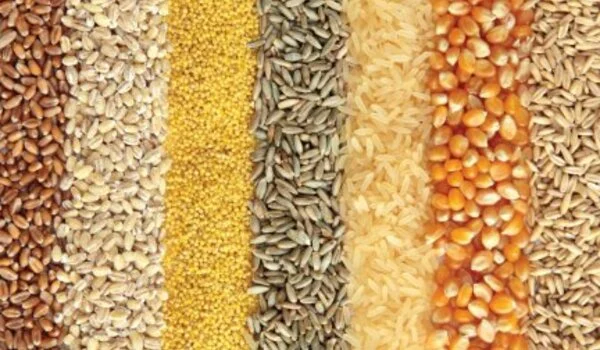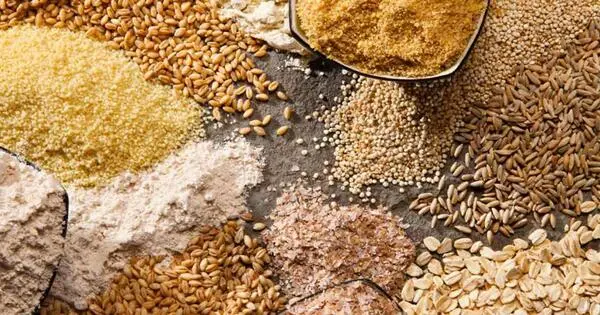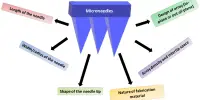Crops are fertilized in order to produce enough food to feed the world’s population. Fertilizers provide nutrients such as potassium, phosphorus, and nitrogen to crops, allowing them to grow larger, faster, and produce more food. Researchers have discovered a method to reduce the amount of nitrogen fertilizer required to grow cereals like rice, wheat, and corn.
Researchers from the University of California, Davis, have discovered a method to reduce the amount of nitrogen fertilizer required to grow cereal crops. The discovery has the potential to save farmers in the United States billions of dollars in fertilizer costs each year while also benefiting the environment.
Eduardo Blumwald, a distinguished professor of plant sciences, led the study, which discovered a new pathway for cereals to capture the nitrogen they require to grow. The discovery may also benefit the environment by reducing nitrogen pollution, which can result in contaminated water resources, increased greenhouse gas emissions, and human health problems. The findings were published in Plant Biotechnology.
Nitrogen fertilizers are very, very expensive. Anything you can do to eliminate that cost is important. The problem is money on one side, but there are also the harmful effects of nitrogen on the environment.
Eduardo Blumwald
Nitrogen is essential for plant growth, and agricultural operations rely on chemical fertilizers to boost output. However, much of the applied material is lost due to leaching into soils and groundwater. Blumwald’s research could lead to a more sustainable solution.
“Nitrogen fertilizers are very, very expensive,” Blumwald said. “Anything you can do to eliminate that cost is important. The problem is money on one side, but there are also the harmful effects of nitrogen on the environment.”
Fertilizer is any substance or material added to soil that promotes plant growth. There are many fertilizer varieties, and most contain nitrogen (N), phosphorus (P), and potassium (K). In fact, fertilizers sold in stores have an N-P-K ratio on their packaging. Fertilizers are applied all around the world to keep lawns green and to produce more crops in agricultural fields.

A new pathway to natural fertilizer
Blumwald’s research focuses on increasing soil bacteria’s conversion of nitrogen gas in the air into ammonium, a process known as nitrogen fixation. Peanuts and soybeans, for example, have root nodules that can use nitrogen-fixing bacteria to provide ammonium to the plants. Cereal plants, such as rice and wheat, lack this ability and must rely on inorganic nitrogen from fertilizers in the soil, such as ammonia and nitrate.
“If a plant can produce chemicals that cause soil bacteria to fix atmospheric nitrogen gas, we could genetically modify the plants to produce more of these chemicals,” Blumwald explained. “These chemicals will stimulate bacterial nitrogen fixation in the soil, and the plants will use the ammonium formed, reducing the amount of fertilizer used.”
Blumwald’s team identified compounds in rice plants that improved the bacteria’s nitrogen-fixing activity using chemical screening and genomics. The researchers then identified the chemical pathways that produced the chemicals and used gene editing technology to increase the production of compounds that stimulated biofilm formation. Bacteria in those biofilms increased nitrogen conversion. As a result, both the bacteria’s nitrogen-fixing activity and the amount of ammonium in the soil for the plants increased.
He described plants as “incredible chemical factories.” “This has the potential to provide a sustainable alternative agricultural practice that reduces the use of excessive nitrogen fertilizers.” Other plants may use the pathway as well. A patent application on the technique has been filed by the University of California and is pending.
















